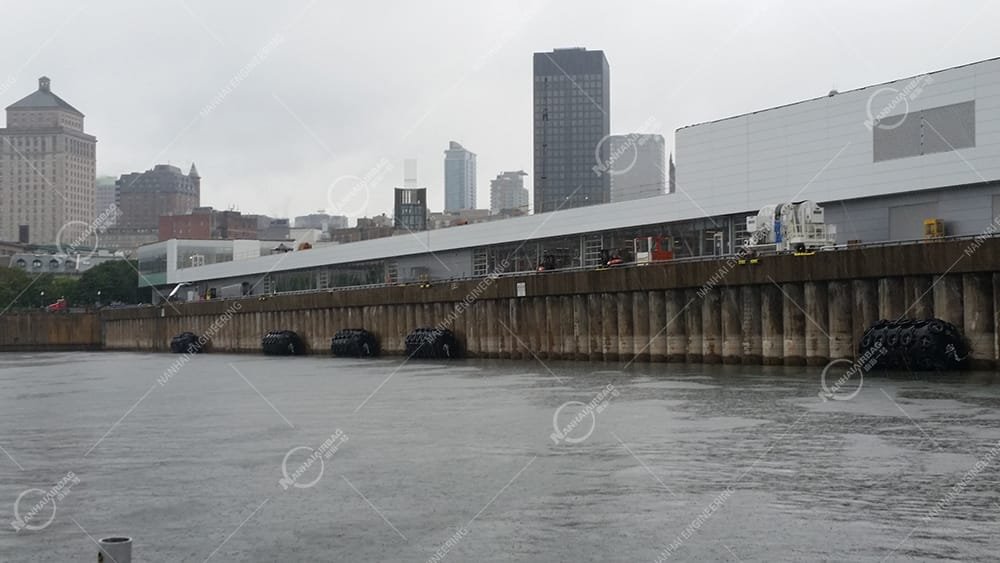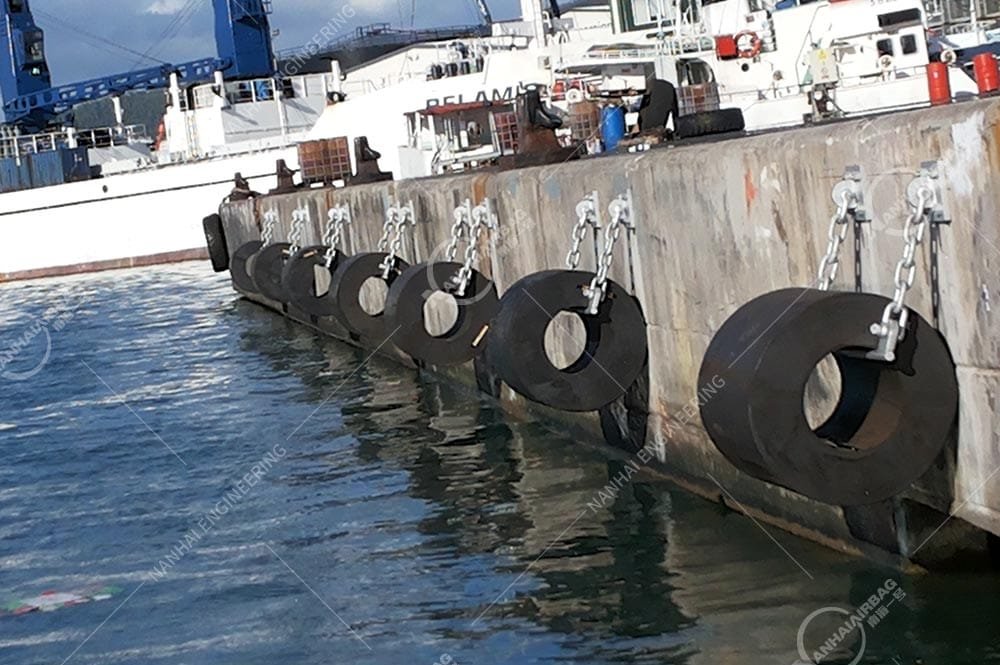Disadvantages of Solid Rubber Fenders
12/30/2024Dock Fenders
01/01/2025Types of Dock Fenders



- Rubber Fenders: These are the most common type, made of durable rubber. They are flexible and highly resistant to abrasion, making them effective at absorbing the shock of the boat’s impact.
- Cellular Rubber Fenders: Have a honeycomb structure that helps absorb impacts.
- Extruded Rubber Fenders: Have continuous profiles and are often used in large commercial docks.
- Polyurethane Fenders: These are often used for higher resistance to wear and tear. Polyurethane fenders offer excellent performance in harsh environments where abrasion is an issue.
- Foam Fenders: These are lightweight and filled with foam to provide buoyancy. Foam fenders are often used on smaller docks or in areas with minimal ship traffic.
- Plastic Fenders: Sometimes made from polyethylene or PVC, these fenders are lightweight and corrosion-resistant. They are more commonly found in recreational docking areas.
- Inflatable Fenders: These are air-filled fenders that are adjustable in pressure. They can be deflated for storage and are often used on private docks or yachts.
- Timber Fenders: Historically, wooden fenders were common, particularly on piers and quays. They are still used in some locations but have been largely replaced by more durable and low-maintenance materials like rubber and plastic.
- Concrete Fenders: These are used in commercial and industrial docking areas. They are heavy and highly durable, but typically only used in specific settings where extreme protection is needed.
